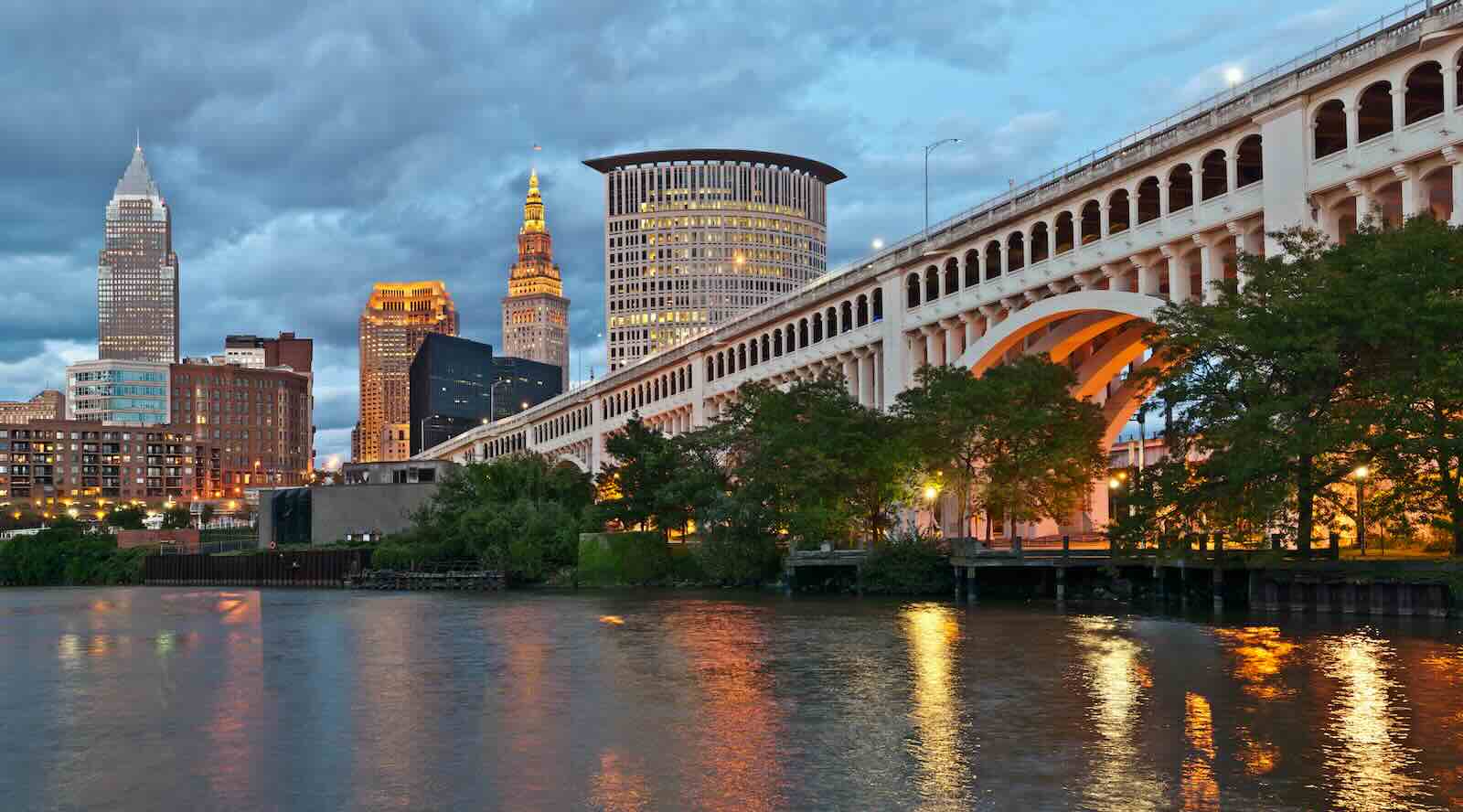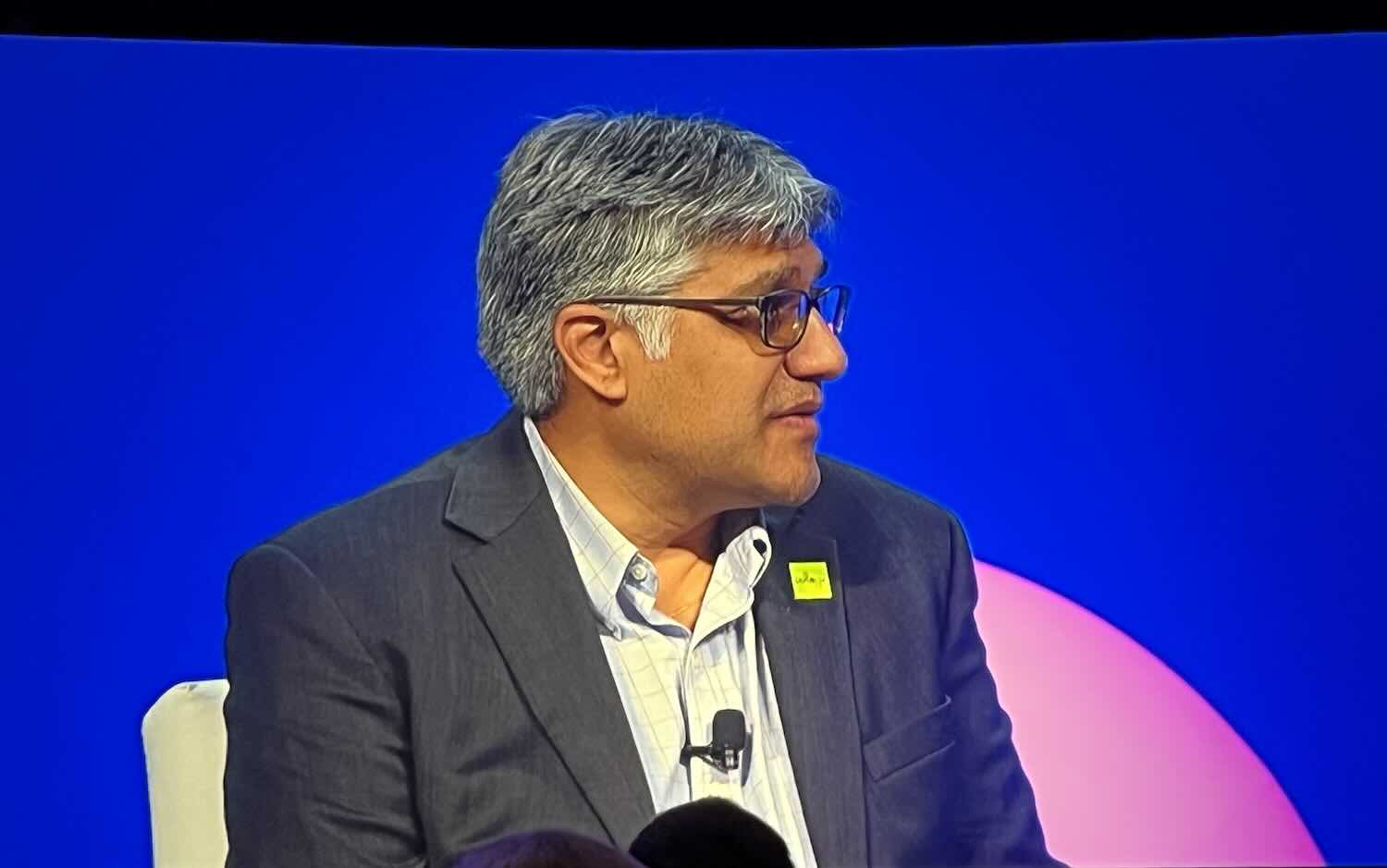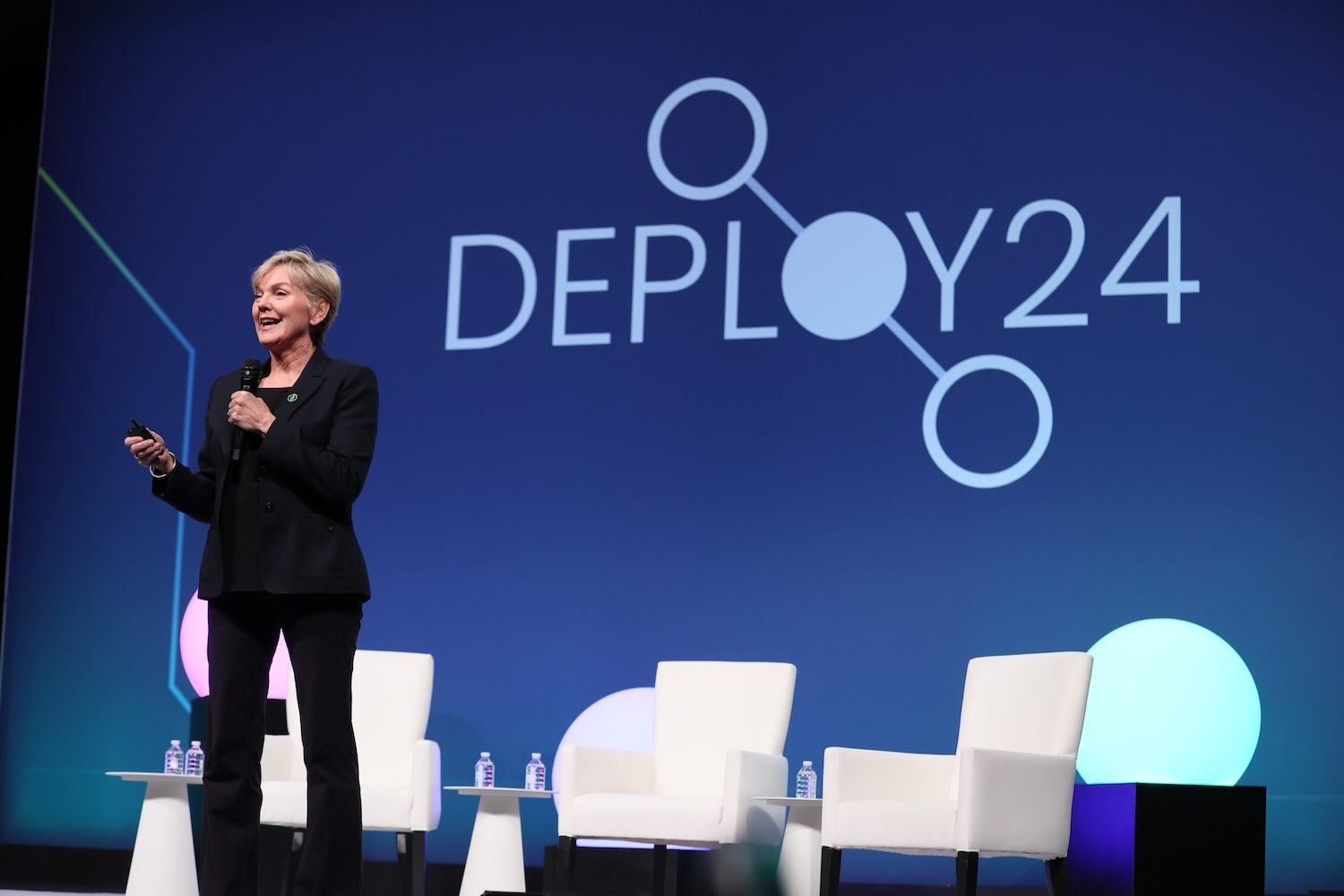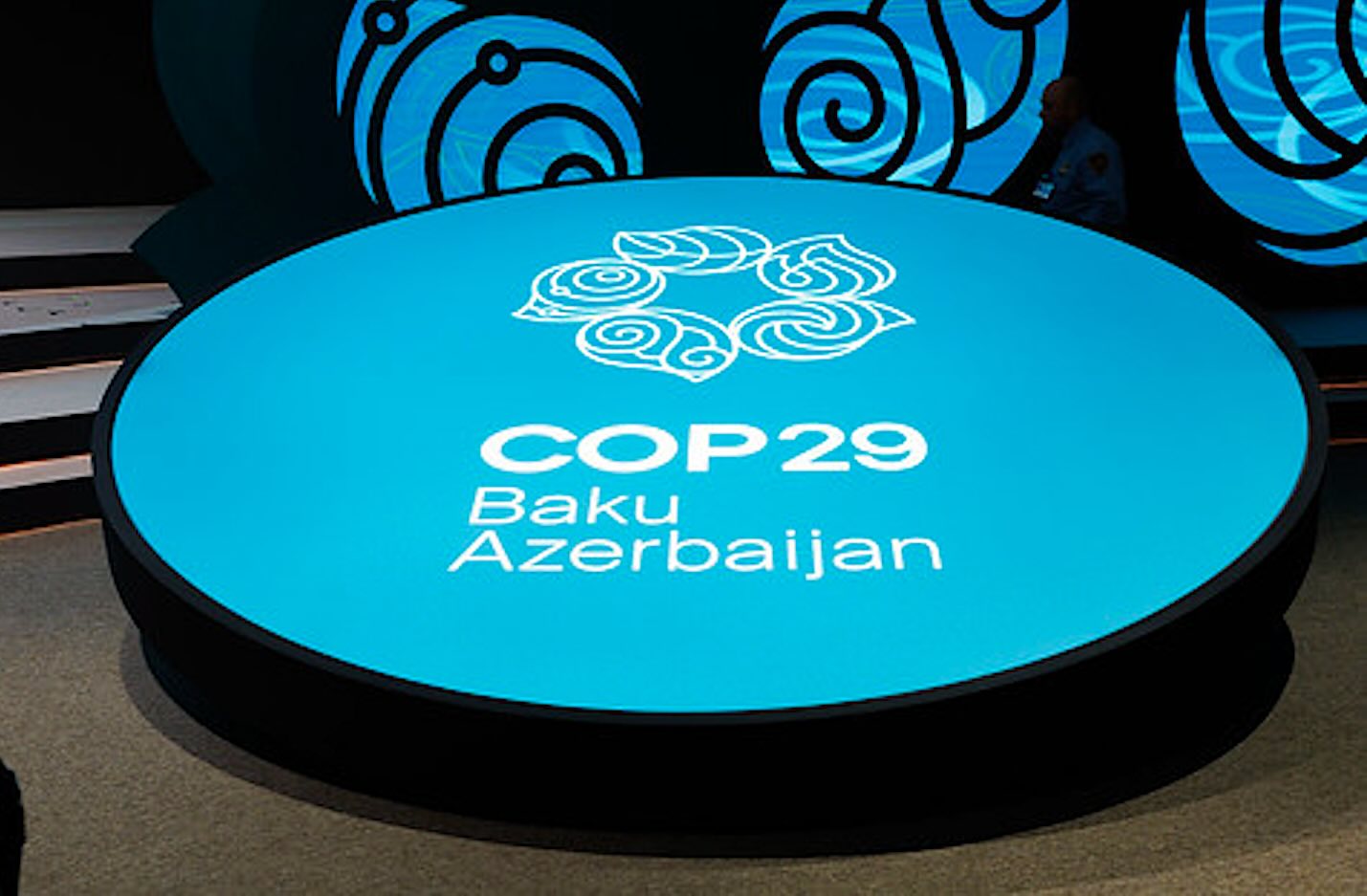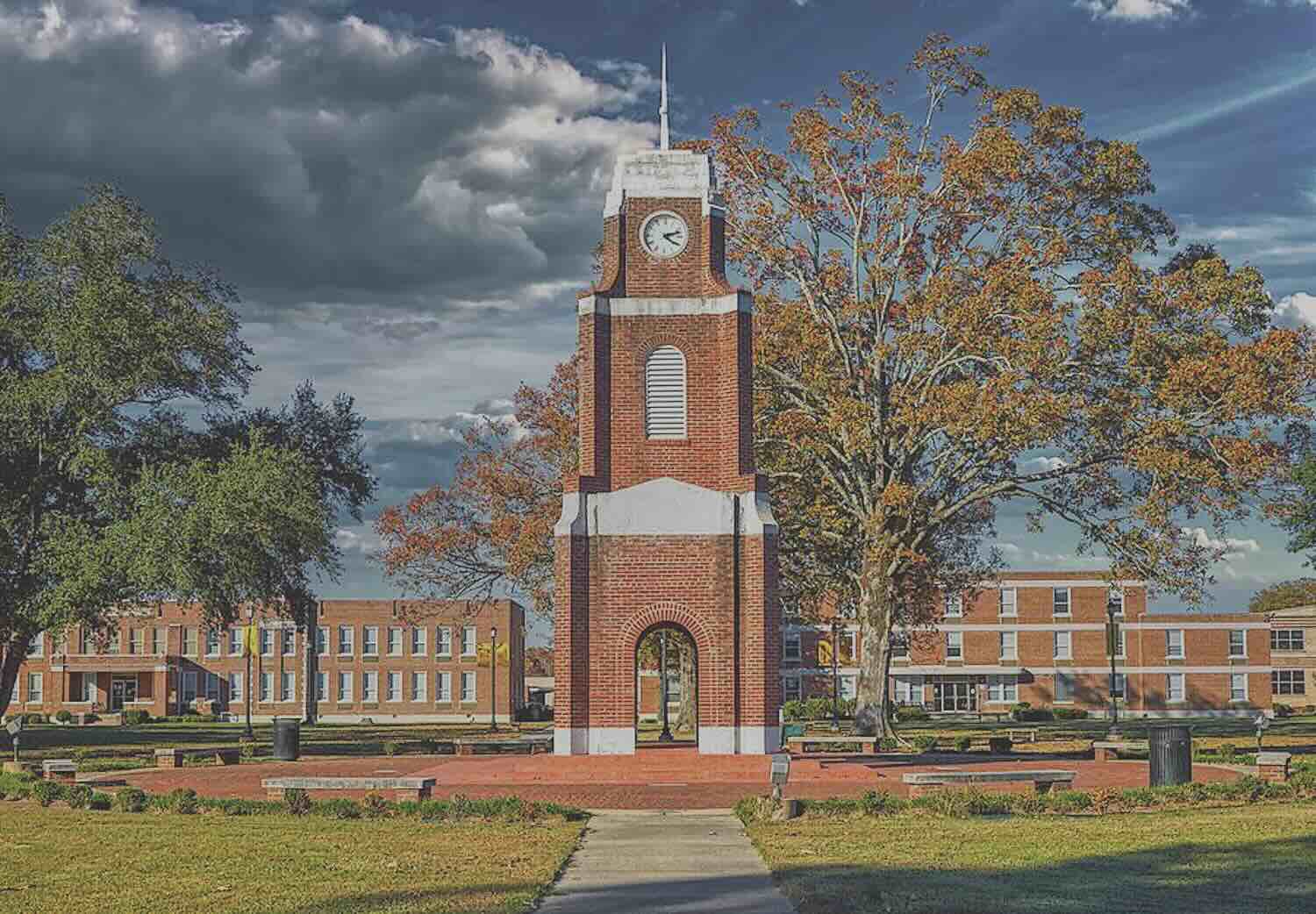A few years ago, officials at the Cleveland and George Gund foundations were lamenting the lack of a state-wide green bank in the economically and socially challenged region. Such an entity to finance local green infrastructure was unlikely in Republican-led Ohio.
So they hatched their own plan.
With dozens of local stakeholders over the course of a year, the foundations helped to incubate and launch one of the nation’s first Black-led green banks.
The GO Green Energy Fund, housed in a Cleveland-based community lender called Growth Opportunity Partners, or Growth Opps, is now vying to manage key pieces of the $27 billion federal Greenhouse Gas Reduction Fund. The GGRF provisions of the Inflation Reduction Act are intended to fund just such local green banks to expand affordable lending for green projects. The Environmental Protection Agency is expected to announce the first awards for the GGRF as soon as this week.
Growth Opps is part of the Coalition for Green Capital led by former Federal Communications Commission chairman Reed Hundt. The national coalition is seeking a piece of the $14 billion National Clean Investment Fund, the largest chunk of the GGRF.
The Cleveland green bank also is leading a group of 31 communities across eight Midwestern states in the self-described “Rust Belt” that is seeking funding through another part of the GGRF, the $7 billion Solar for All program. The Industrial Heartland Solar Coalition, as the group is called, is seeking $250 million to install cost-saving rooftop solar on some 25,000 low- and moderate-income households from West Virginia to Missouri. The initiative is expected to cut energy costs for energy-burdened households by more than half, and create hundreds of green jobs.
“Our goal is to catalyze the market and push as much economic benefit as we can into these households, communities and businesses that ultimately can benefit,” Growth Opps’ Michael Jeans told ImpactAlpha.
All-of-community
GO Green was seeded with capital from the Gund foundation and Cuyahoga County. It’s an example of the “all-of-community” approach that northeast Ohio and other regions are taking to seize the once-in-a-generation opportunity presented by the bonanza of federal funding to build climate resilience and redress environmental harms.
“This is a moment in time where, without the local coordination, the local intentionality, the coordinated investment, and community and stakeholders in that conversation at the table, it’s very possible that those dollars will flow the same way dollars have flowed in the past – to places where access to capital already exists and where institutional capacity already exists,” says Stephen Love of the Cleveland Foundation.
The local stakeholders are pursuing a different vision.
“What does it look like for a community like Cleveland, a majority-minority, second-poorest major city in the country, to truly lead and create equitable opportunity for folks that have been left behind in every previous economic transition?” asks Love.
The Inflation Reduction Act provides hundreds of billions of dollars in grants, loans and tax credits for clean energy, wastewater treatment, innovative climate tech, EV charging infrastructure, electric school buses, energy retrofits and other emissions reduction projects. Other Biden administration laws, such as the bipartisan infrastructure law and the CHIPs and Science Act, offer hundreds of billions more to reshore critical industries and build climate-smart infrastructure.
The administration’s Justice40 initiative directs that 40% of the benefits from these programs should flow to disadvantaged communities.
Environmental justice is embedded in the IRA design. The law offers bonus tax credits for projects that are located in low-income neighborhoods, pay prevailing wages and use American-made products. Projects that stack these bonus incentives can get refunded 50% or more of the project cost. For the first time in a federal program, the tax credits are transferable, enabling local and Tribal governments, nonprofits and other non-taxable entities to turn them into cash.
“We have a short amount of time to really maximize this historic federal investment in American cities,” said Cleveland Mayor Justin Bibb, who also leads the bipartisan Climate Mayors network. “It’s so important that we, as mayors, align our core priorities around these very transformational funding vehicles that are now available from the federal government.”
Toxic legacy
Cleveland, like other former industrial cities across the Midwest, is emblematic of the toxic legacy of polluting industries that once dotted its waterfront, culminating in the infamous fire on the Cuyahoga River in the late 1960s. The plants are long closed, but the area is still grappling with environmental remediation and economic dislocation.
“The environmental justice movement started in our city by the late, great Carl B. Stokes, who led a nationwide pollution campaign after the Cuyahoga River caught on fire,” Bibb told ImpactAlpha. “So we really want to meet the moment for our residents and make sure that these benefits are broad based.”
As a green bank – a public, quasi-public or nonprofit finance entity that fills market gaps for green financing – GO Green Energy is poised to help make sure the benefits of federal climate funding reach communities where they are most needed.
The 31 communities in the Industrial Heartland coalition are “communities that in many instances were priced out of being able to participate in innovation and in renewable solutions,” says Jeans, who also leads Growth Opportunity, or Growth Opps, the mission-driven nonprofit lender that houses the GO Green fund.
By stacking the IRA incentives and bonus credits, GO Green says it can make residential solar loans pencil out for low-income households. A bridge fund will cover the upfront investments that will be recouped later in tax credits.
“These communities don’t need our charity,” says Jean. “They need us to create models that will work in their neighborhoods as intentionally as we created economic models to work in other communities. And they need us to be long in the investment.”
The green bank is looking to raise up to 10 times the $250 million it has applied for via the Solar For All program in grants and low-cost debt from mission-aligned investors. Regardless of whether it wins the award, GoGreen and its Industrial Heartland coalition are raising capital to pursue the opportunity. On the table: green bonds that would be issued by some of the coalition’s governments.
“That kind of long term capital is the right match to long term projects,” says Jeans. “And we are in this for the long term.”
Fertile ground
The green bank is just one initiative to sprout from city, county, and state-level efforts in Northeast Ohio.
“It’s all hands on deck on the local side,” says Chris Ronayne, the county executive for Cuyahoga County, of which Cleveland is the county seat. “I think we’re just at the very precipice of what this regional collaboration in the Midwest Great Lakes can unleash.”
Cuyahoga County last year stood up a publicly-owned utility, Cuyahoga Green Energy, to develop clean alternatives to the fossil fuels that have powered much of the region (coal is the second largest source of power in the state after natural gas). The utility is planning two solar microgrids projects. One is in an industrial corridor and the other in a district near the Cleveland airport designated for economic development. The microgrid projects have been helped by federal funding, and the country is seeking $1.8 billion from the 2021 bipartisan infrastructure law.
Cleveland officials also are channeling more than $10 million of American Rescue Plan Act funds to revitalize river and lake areas with green trails and improved access to the waterfront. Another $2 million in rescue funds went to a workforce development program to train local residents for green jobs.
Free public EV charging sites are springing up with state support, starting in historically Black neighborhoods such as the Lee-Harvard in Southeast Cleveland. “It’s important for me as mayor to show folks that electric vehicles are not for the rich and famous or yuppies who live downtown,” says Bibb. “They’re for everybody.”
And local stakeholders including the Cleveland Foundation and Ohio Citizen Action came together to launch Power a Clean Future Ohio to help municipalities set climate and environmental goals and work towards achieving them. The nonprofit offers coaching on racial equity and resources to help local officials navigate and apply for federal funding opportunities such as the IRA. One project underway is a floating solar farm on a municipal water reservoir in Lima, Ohio.
“If you want to look at an American region that’s working collaboratively to really address these issues, look at Cleveland and Cuyahoga County,” says Bibb. The area, he adds, “is a model for the nation.”



